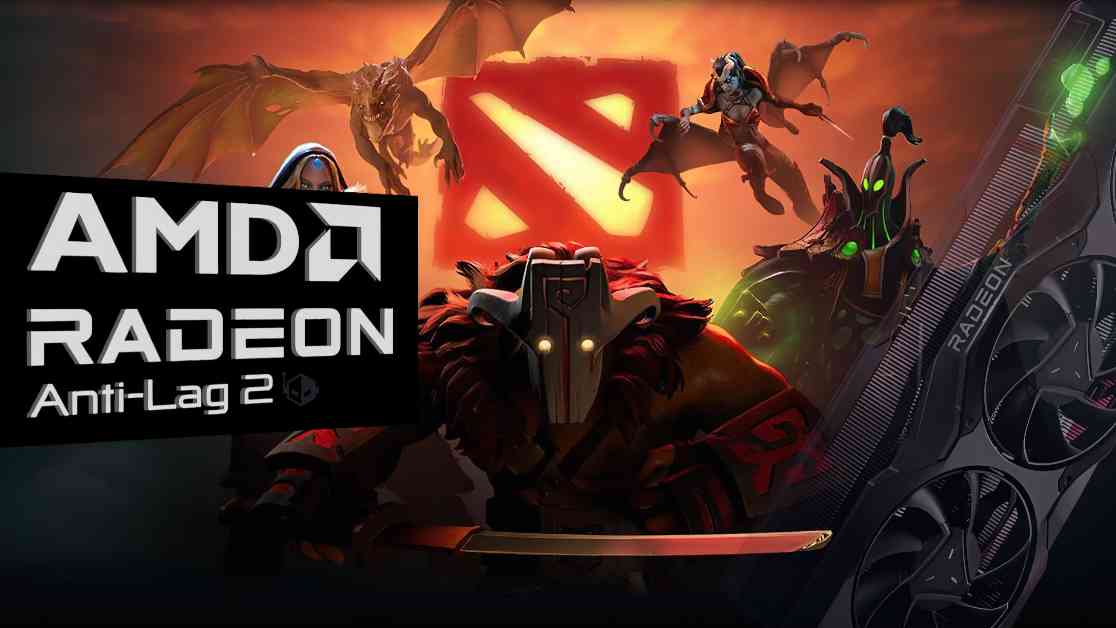AMD has recently announced the release of its latest Anti-Lag technology, the Radeon Anti-Lag 2. This new technology aims to further reduce latency in games by optimizing the game processing pipeline, ultimately improving the gaming experience for competitive players. By integrating Anti-Lag 2 directly into games, developers can now achieve even lower game latency, thanks to the GPUOpen release of its SDK.
The Anti-Lag 2 SDK provides game developers with the necessary tools, libraries, and documentation to seamlessly integrate the technology into their games. This move from the GPU driver level to within the game’s logic allows for more control over latency reduction, particularly at crucial moments when quick responses are needed to succeed in fast-paced games.
While the previous Anti-Lag 1 technology was able to reduce latency by a few milliseconds upon its release in 2019, the Anti-Lag 2 promises to take this reduction even further. An early preview of Anti-Lag 2 in Counter-Strike 2 showcased its potential to enhance the response time in games, making it a highly anticipated addition for gamers looking to gain a competitive edge.
By strategically inserting a small delay just before the game polls for user input, Anti-Lag 2 optimally aligns the internal processing pipeline, effectively reducing latency. This new approach goes beyond the driver-level calculations of Anti-Lag 1, ensuring that input-to-image latency is minimized for a smoother gameplay experience.
Developers looking to integrate Radeon Anti-Lag 2 into their games will need to pay special attention when AMD FSR 3 Frame Generation is enabled. This additional feature ensures that the technology functions correctly, especially in scenarios where frames may be interpolated. AMD has provided detailed steps and guidelines for developers to follow, allowing for a seamless integration process.
Overall, the release of the Anti-Lag 2 SDK marks a significant advancement in reducing game latency and improving the overall gaming experience. With its focus on optimizing the game processing pipeline and providing developers with the tools needed for integration, AMD continues to prioritize the needs of competitive gamers seeking top-notch performance in their favorite games.












